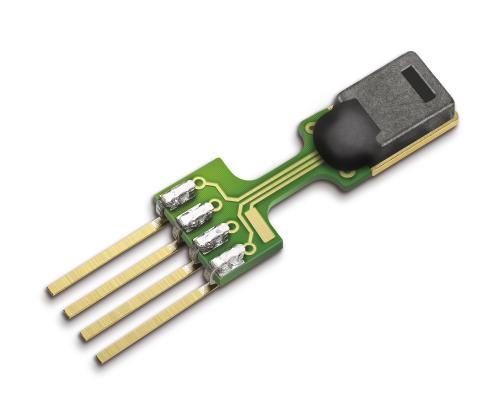Detecting human stress levels and emotional states with physiological body-worn sensors is a complex task, but one with many health-related benefits. Robustness to sensor measurement noise and energy efficiency of low-power devices remain key challenges in stress detection. We propose SELFCARE, a fully wrist-based method for stress detection that employs context-aware selective sensor fusion that dynamically adapts based on data from the sensors. Our method uses motion to determine the context of the system and learns to adjust the fused sensors accordingly, improving performance while maintaining energy efficiency. SELF-CARE obtains state-of-the-art performance across the publicly available WESAD dataset, achieving 86.34% and 94.12% accuracy for the 3-class and 2-class classification problems, respectively. Evaluation on real hardware shows that our approach achieves up to 2.2x (3-class) and 2.7x (2-class) energy efficiency compared to traditional sensor fusion.
翻译:检测人体应激程度和情绪状态,并配有生理身重传感器是一项复杂的任务,但具有许多与健康有关的好处。 强力测量传感器测量噪音和低功率装置的能效仍然是压力检测方面的主要挑战。 我们建议采用完全基于手腕的应激检测方法,即使用根据感应器的数据动态调整的、符合环境意识的选择性感应聚体,采用基于感应器数据的全手腕性应激检测方法。 我们的方法使用运动来确定系统环境,并学习相应调整引信传感器,提高性能,同时保持能效。 SELF-CARE在公开提供的WESAD数据集中获得了最新性能,在3级和2级分类问题中分别实现了86.34%和94.12%的准确率。 对实际硬件的评估表明,与传统感应力聚变器相比,我们的方法达到了2.2(3级)和2.7级(2级)的能效。



